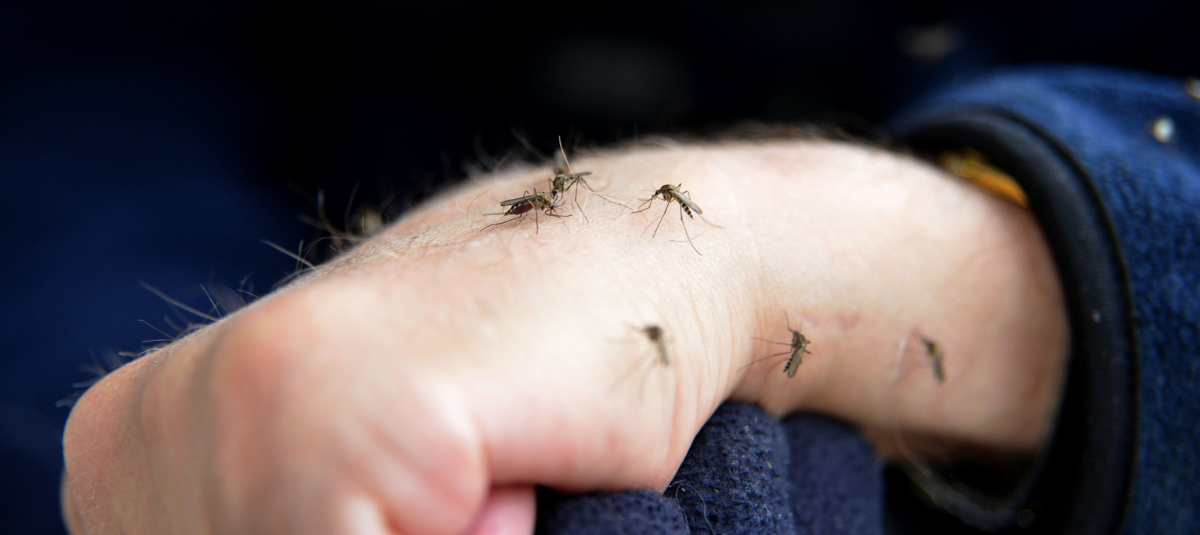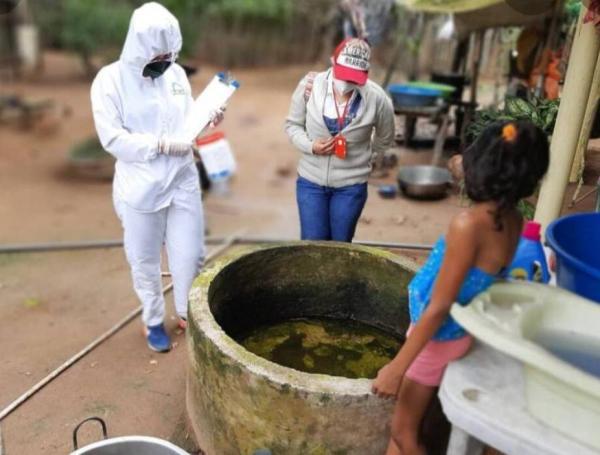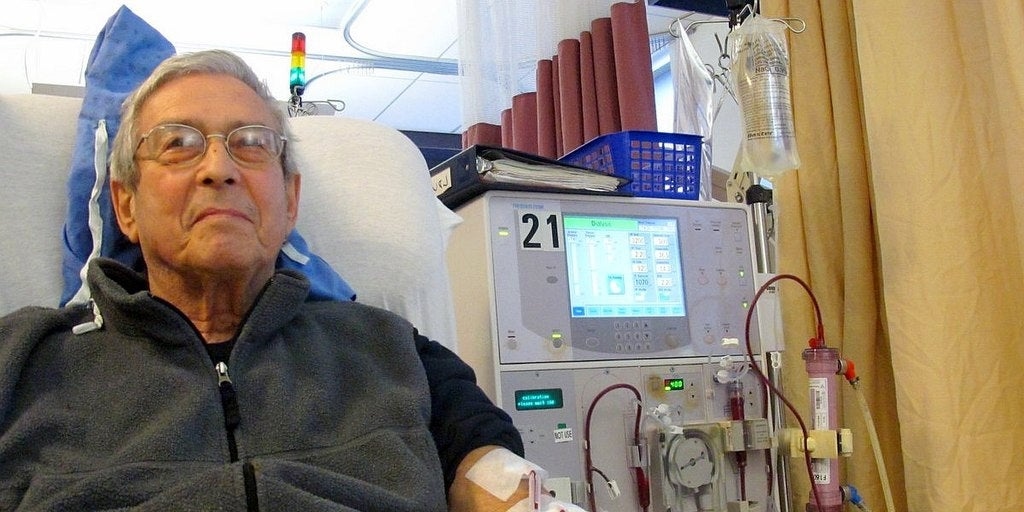Colombia will exceed 111,000 cases of dengue in 2025: more than a third show warning signs

Dengue fever continues to keep the Colombian health system on alert. As of November 4, the National Institute of Health (INS) reported 111,207 cases nationwide, a figure that reflects the persistence of this disease transmitted by the Aedes aegypti mosquito and which, according to the most recent epidemiological bulletin, shows an upward trend in several regions.
According to the report, 36.7% of infections present warning signs, while 1% correspond to severe dengue, which equates to more than a thousand cases with severe complications. In addition, 131 people have died, of which 105 deaths have been confirmed and 26 remain under investigation.

Santander, Córdoba, and Meta are the most affected regions. Photo: iStock
The regional overview shows that Santander (10,018 cases), Córdoba (9,754), and Meta (9,388) lead the list of the most affected departments. They are followed by Norte de Santander (7,985) and Antioquia (7,795), which also have a significant number of cases. Other regions such as Tolima (5,333), Valle del Cauca (4,171), and Atlántico (3,937) present equally concerning figures.
In terms of growth, La Guajira, Guaviare, and Atlántico reported the largest increases compared to the same period in 2024, with increases of 106%, 105%, and 89%, respectively. These spikes, the INS warns, reflect the need to strengthen vector prevention and control measures in the warmest and most humid areas of the country, where the transmitting mosquito finds favorable conditions for reproduction.
The report also highlights a statistic that worries authorities: 57% of cases are among people aged 0 to 19, representing 63,833 young people and children. This confirms that children and adolescents remain the most vulnerable to the virus, especially in rural areas or those with limited access to basic sanitation.
Of the more than 111,000 reported cases, 40,573 required hospitalization, placing significant strain on the hospital system in several regions. A total of 40,824 cases were classified as having warning signs and 1,083 as severe dengue, figures that underscore the severity of the current epidemiological season.

Inspection of water tanks to prevent dengue proliferation. Photo: Private archive
Given this scenario, health authorities and the private sector are emphasizing the importance of strengthening prevention strategies, which include the use of repellents, the elimination of mosquito breeding grounds, and fumigation in high-risk areas. A more recent tool has been added to these measures: dengue vaccination, which is emerging as a key complement to the public health response.
“Eliminating breeding grounds or using repellents is important to prevent dengue. These measures should be complemented with vaccination, a tool that allows us to reduce the impact of this disease and protect the most vulnerable communities,” highlighted Adriana Méndez, general manager of Takeda Colombia, a biopharmaceutical company that promotes immunization as part of comprehensive dengue control.
The vaccine, available in several countries in the region, seeks to reduce the incidence of severe forms of the disease and contribute to reducing mortality, which in Colombia already exceeds one hundred confirmed cases in 2025.

The mosquito that transmits dengue fever is Aedes aegypti. Photo: iStock
So far this year, INS figures confirm that Colombia is facing one of the highest dengue peaks of the last decade, driven by factors such as climate variations, the El Niño phenomenon and increased rainfall in different regions.
Meanwhile, health authorities reiterate their call to the public to maintain basic prevention measures in their homes: cover water tanks, eliminate objects that accumulate liquids, and use repellent, especially during peak mosquito activity hours.
Environment and Health Journalist
eltiempo





